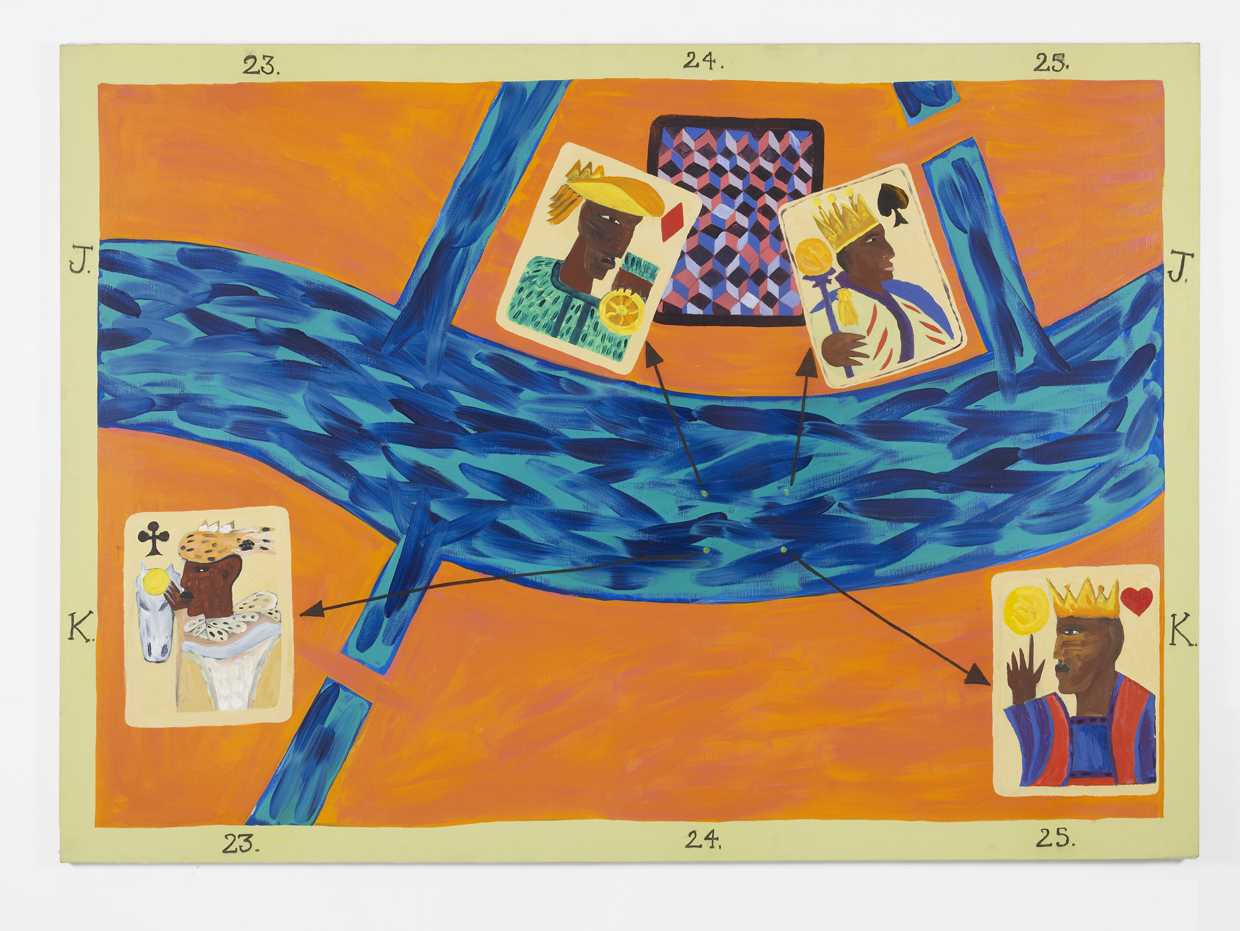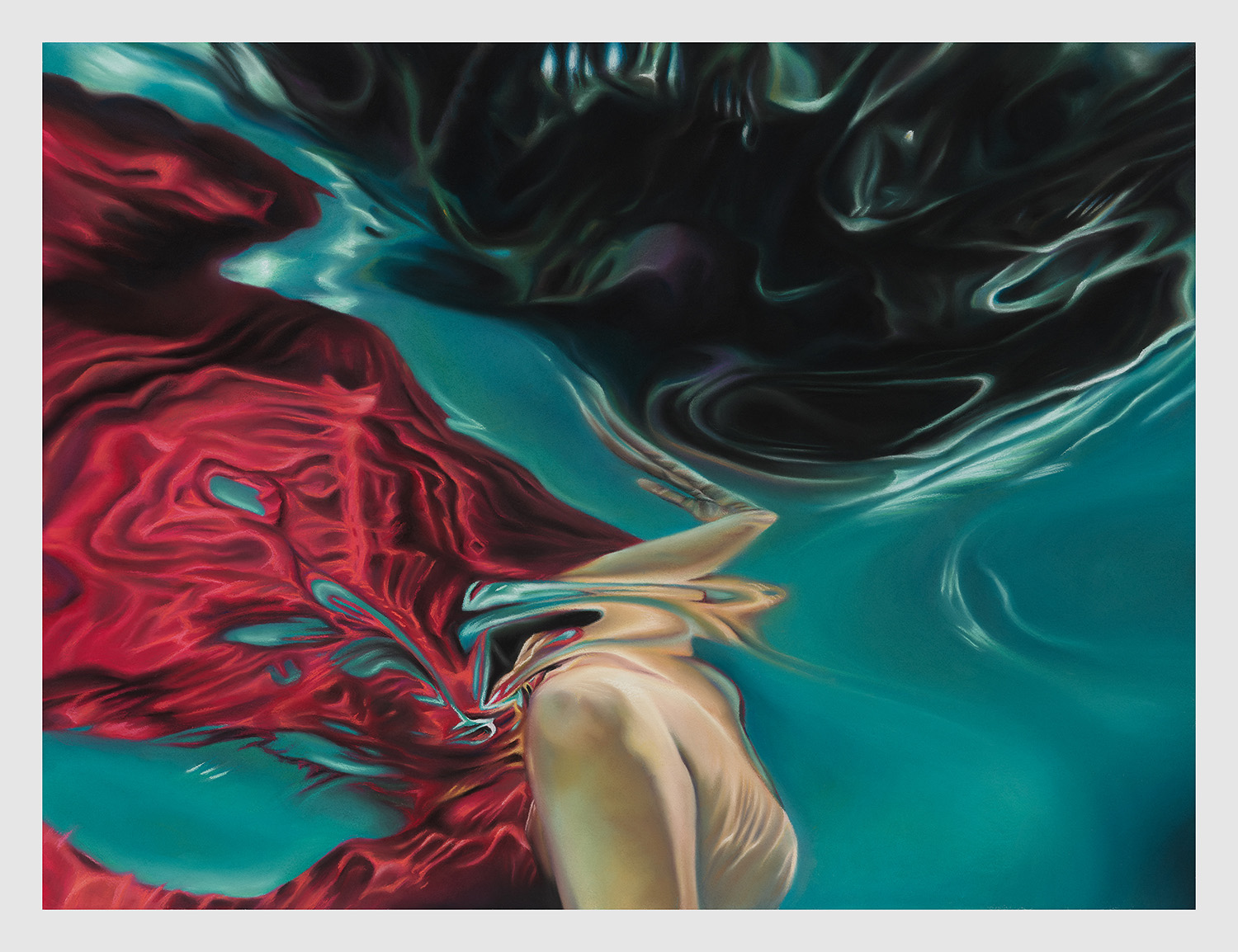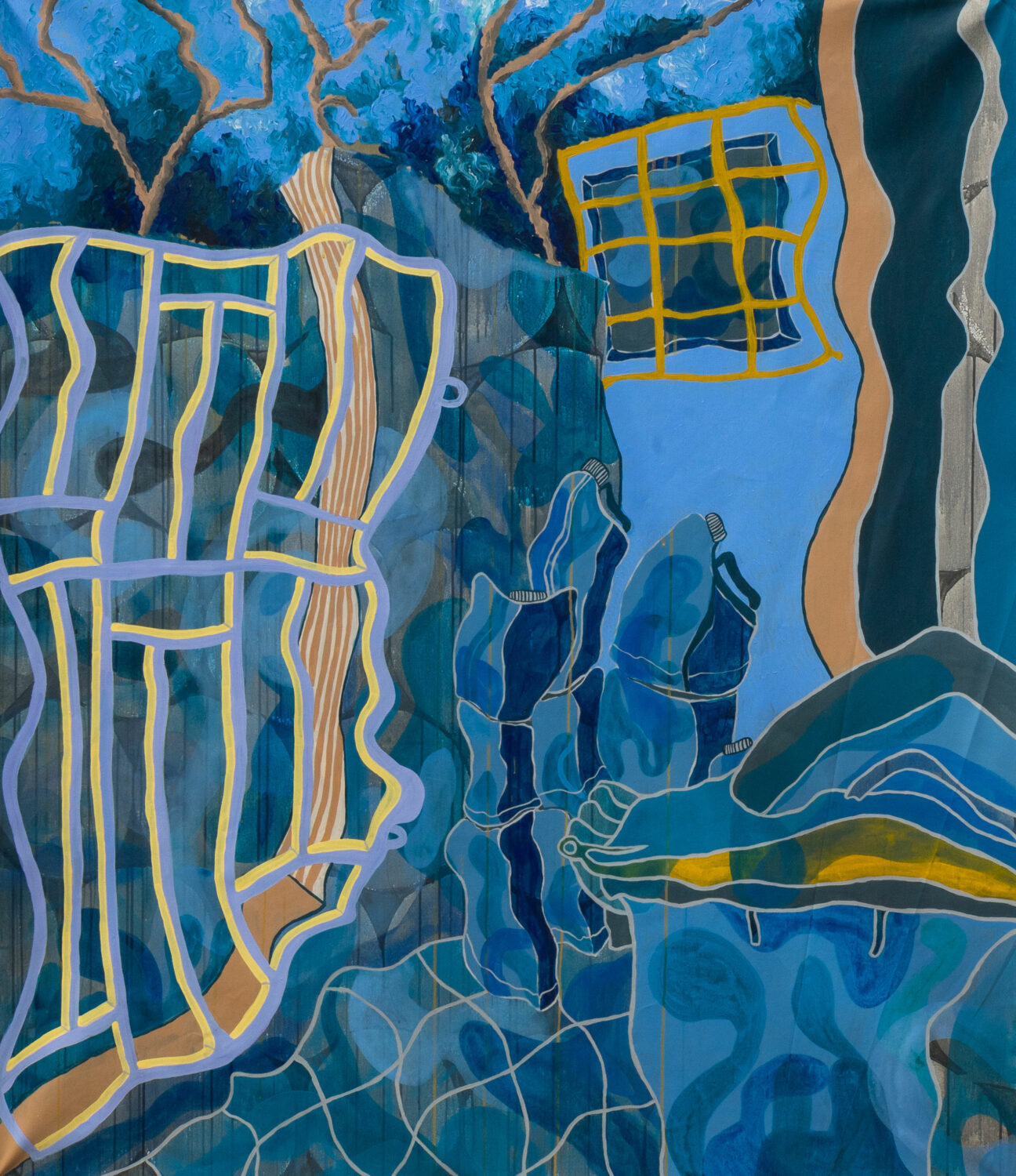Water As Medium, Metaphor & Artistic Method — In Conversation With Calida Rawles, Araba Opoku & Isabella Icoz
By Something CuratedBeneath the Surface is a group show curated by Lehmann Maupin Director Isabella Icoz, bringing together the work of Heidi Bucher, Alex Gardner, Lubaina Himid, Shirazeh Houshiary, Araba Opoku, and Calida Rawles. Isabella Icoz tells Something Curated: “I have always been fascinated by how artists engage with water in their practice, whether that be as a medium, metaphor or artistic method. Water can be a vehicle for the act of making, but often the presence of water creates metaphorical or literal opportunities for an artist to explore cultural and personal histories, a way for them to construct or deconstruct various identities within their work. I hope this show enables viewers to consider water beyond simply the everyday and to instead use the theme of water more as a lens, to better understand it as a life force, a resource, an inhabitable space, and a functional material with which to view the artworks.”

On the artists included in the exhibition, Icoz continues: “There are many parallels in this show. Alex Gardner, Lubaina Himid, and Calida Rawles depict images of water in order to explore the construction of identity and its intersection with history. Heidi Bucher, Shirazeh Houshiary, and Araba Opoku employ water as integral to their medium or process of making, rendering images of water and capturing its effects. For example Calida and Shirazeh’s works can create very interesting dialogues when displayed opposite one another despite them approaching water from very different sources… Ultimately though the show is about that intersection where histories are confronted, identities are embraced, and resources are shared, with art helping to facilitate the dialogue.”
Encompassing history, iconography, mythology, literature, film, and current events, Calida Rawles’ paintings are often framed through the lens of Water-Memory Theory – the idea that water preserves or holds the memory of all things it comes into contact with. Expanding on her fascination with water, Rawles explains to SC: “It is the ambiguity of the element that intrigues me most. It can be freeing, frightening, healing and deadly. Depending on one’s race, culture, and sometimes class, water represents something different. Yet, it is our greatest commonality. We are physically connected to it by our lands. We are made up of water and need it to survive. It is a great reminder of our connectivity, vulnerability, and fact that we are bonded by something greater than ourselves. Using these concepts as an initial layer is interesting to me.”

“Historically water has been a symbol of spiritual healing, birth, life, and purification across many cultures. Baptism is but one example of this. Yet water has specific historical negative connotations for the Black race, such as the Middle Passage, Jim Crow-era segregation, and cultural fears. I hope to expand racial associations with water, and reclaim it in a way, as a space and element that is also ours,” Rawles adds. While engaging this symbolic dichotomy, her paintings range in tenor from buoyant and ebullient to turbulent and mysterious. Rawles begins each work with a series of preparatory photographs in which she directs her models to interact with water in a pool. Through her process, water becomes a method of abstraction, as the vistas of bubbles, ripples, refracted light, and expanses of blue and green distort and energise her subjects.

Araba Opoku creates dreamy, abstract paintings that explore the texture of life amidst various socio-economic crises persisting in Ghana. Her works simultaneously broach the water crisis while capturing the freedom and abundance that water signifies. Discussing her interest in this duality, the artist tells SC: “As a child, I was taught not to waste water, as though it was a sacred gift from the heavens that we only had access to at midnight. I have grown to appreciate the power that water carries, especially in its abundance. Sometimes, abundance of water can destroy and create new worlds, and at the same time, have the same effect when there is scarcity. I often observe the parallels between the fear of losing or lacking water, and the joy and freedom of water’s abundance – especially when it rains – from people in my community and from my home, and I always find myself fascinated by the effect that water has on the emotions and hearts of people.”
Opoku proceeds: “I have recently witnessed how the mismanagement and pollution of large water bodies in multiple areas of my own country and other parts of the world has caused us to be more aware and intentional about keeping the purity of our very source of life from further depleting. The personalities and emotions of all living things seem to change whenever they are in the presence of water, be it unassuming, like stagnant puddles which serve as breeding grounds for insects, or mighty – like the ocean which has no end. I ask myself if we have a deeper connection to water than we realise, and questions like this inform my love and need to focus on both topics in my works. I attempt to draw attention to both ends of the stick in my works, allowing the viewer, or myself to constantly question the importance of water in life, and how one can be one with water, both in its abundance and scarcity.”
Beneath the Surface runs at Lehmann Maupin London from January 18 – March 4 2023.
Feature image: Calida Rawles, To What End, 2022. Courtesy the artist and Lehmann Maupin